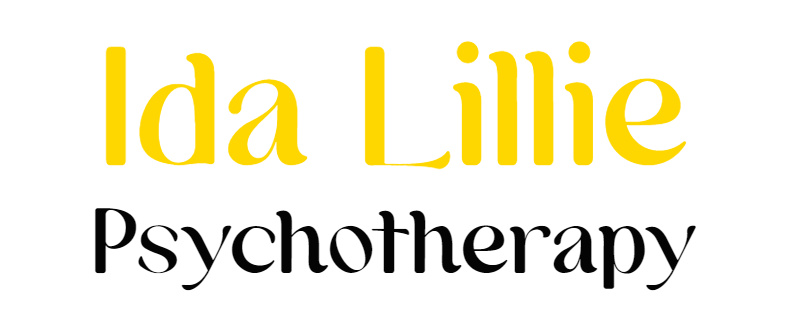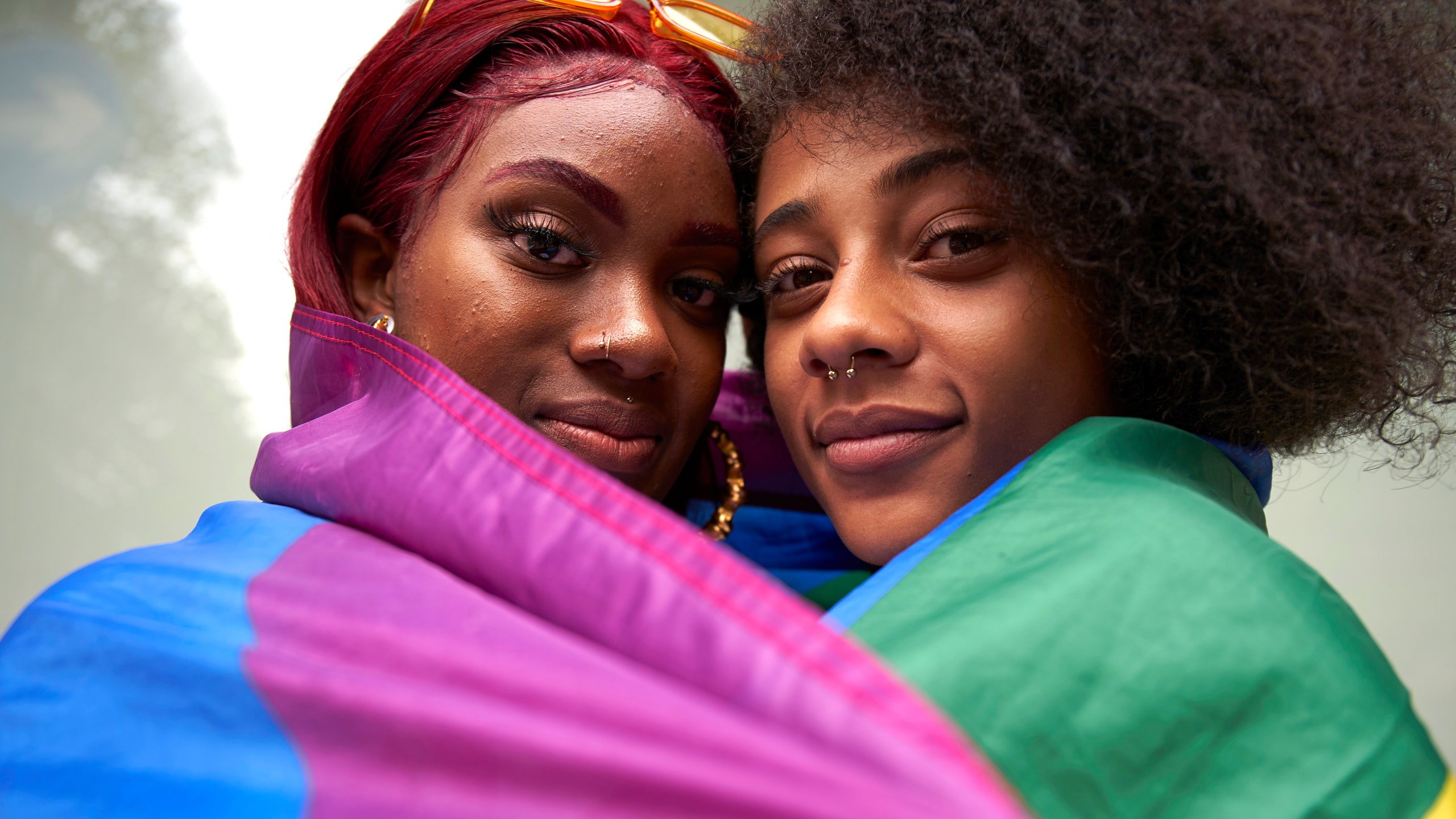How to support LGBTQ+ patients
Happy Pride month, everyone! As a queer affirming therapist, I have worked with the LGBTQ+ community for over a decade and have learned the importance of having the knowledge and tools to properly support the queer community. Here are a few tips that can be helpful as a psychotherapist in navigating a therapeutic relationship with queer folks.
Honor each patient’s individual experience.
Queer people are not a monolith. Every queer person has a unique history and an array of experiences. Although it can be true that queer people, like any other marginalized group, have shared experiences, it is important that the therapist checks their assumptions in order to properly assess a patient’s needs. Ways that clinicians can manage biases in the moment include: conducting a thorough intake assessment to gather information about a patient, collaborating with patients to create a comprehensive treatment plan, and noticing when a patient challenges preconceived notions clinicians may have about them. A common example of an assumption clinicians may have about queer people is assuming they have a traumatic “coming out” story. As therapists, ask rather than assume anything about a patient’s history (and that goes for all patients, not just queer patients!).
Integrate gender affirming care into your therapeutic approach.
Creating a gender affirming environment can allow opportunities for healing and safety in the therapy room. A helpful place to start can be with using proper pronouns. Using the pronouns a patient has shared when self identifying can go a long way in helping them feel seen and understood. I recommend that mental health practitioners include their own pronouns on their website, email signature, and in clinical paperwork as an indicator to patients that they are queer affirming. I will often check in with my patients who are transitioning periodically to ensure the pronouns we are using continue to feel validating for them. Therapy might be one of very few spaces where patients feel safe to use their proper pronouns, so create safety by using them appropriately. If a mistake is made and a clinician misgenders a patient, take responsibility for the error and make the correction. Be prepared that the patient may want space to process the incident, and the clinician’s ability to be responsive to the rupture can become a corrective experience. It is also important to meet the patient where they are at. For example, a therapist might work with a patient in transition who appears traditionally “masculine” who prefers to use the name they were assigned at birth even if the name is considered traditionally “feminine”. Some trans people never change their name while others take their time to change it. This is a personal choice that each person makes on their own timeline and it is important for you as their therapist to support this process.
Understand Gender Dysphoria and how to manage it.
According to the DSM-V , gender dysphoria is defined as “psychological distress that results from an incongruence between the gender an individual was assigned at birth and one’s gender identity”. This distress can manifest in symptoms related to depression and anxiety as well as suicidal ideation. Being mindful of language is a powerful way to also create a gender affirming environment for queer patients as well as a technique in managing gender dysphoria. Using words such as “chest” instead of “breast” or “monthly cycle” instead of “period” or “menstruation” can be used to manage dysphoria when discussing how a patient feels in their body. Binding the chest, wearing gender affirming clothes, wearing makeup, cutting hair or wearing hair extensions are often ways folks struggling with gender dysphoria manage their symptoms. Supporting these choices can empower a patient to dress in ways that affirm how they feel internally. When working with queer folks, it is important to have resources for them to receive support outside of therapy.
Community health centers such as Howard Brown in Chicago, IL offer therapy services, medical services, and health education specifically for queer people. These services are often more affordable and have sliding scale options. Brave Space Alliance is a Black, trans led, LGBTQ+ center on the Southside of Chicago, dedicated to offering resources for queer individuals. I would also suggest researching local doctors that offer gender affirming care and surgery. Knowing how to help a patient navigate the medical community if they are interested in top and/or bottom surgery, or additional gender affirming procedures can help ease the stress of this process. Gender affirming surgery letters are often needed as part of the gender affirming surgical process and clinicians can benefit from researching resources in anticipation of working with queer populations. Here is a document that I received from a provider detailing the guidelines for a top surgery letter. Knowing providers that provide quality care to queer patients can make the difference between a traumatic medical experience and a positively transformative one.
These helpful tips can help LGBTQ+ populations feel supported and can reduce their distress drastically. Reach out to Ida Lillie Psychotherapy and Wellness at idalillie.com to set up an appointment and begin your therapy journey with one of our skilled clinicians.


